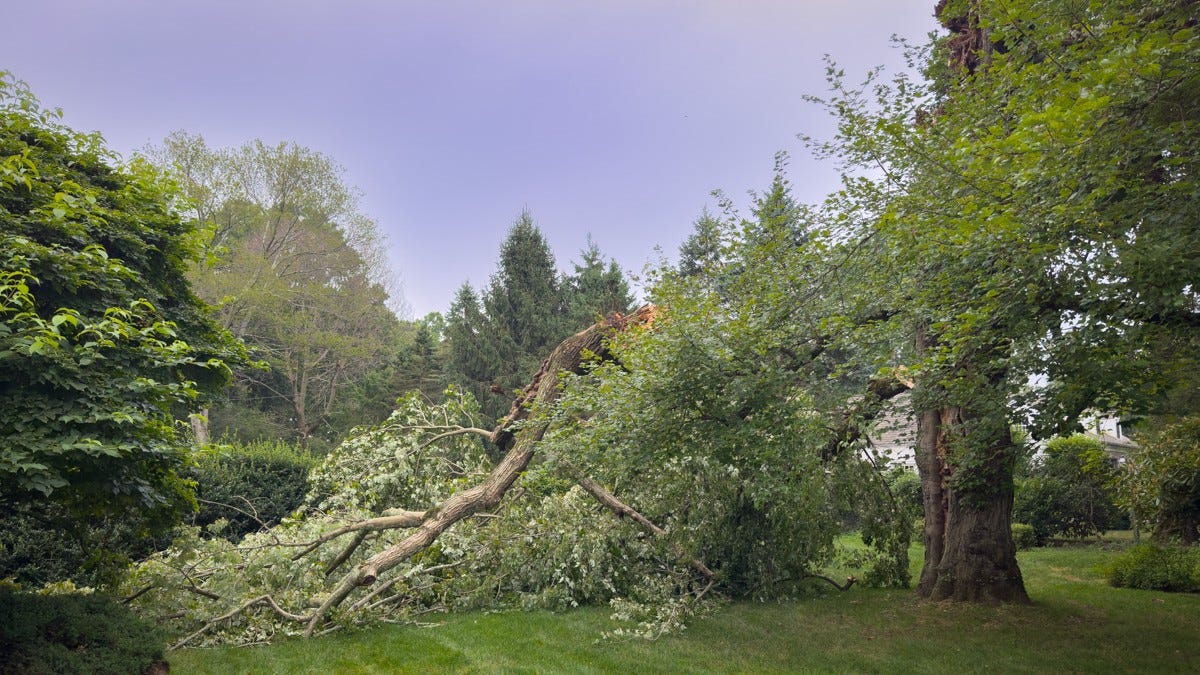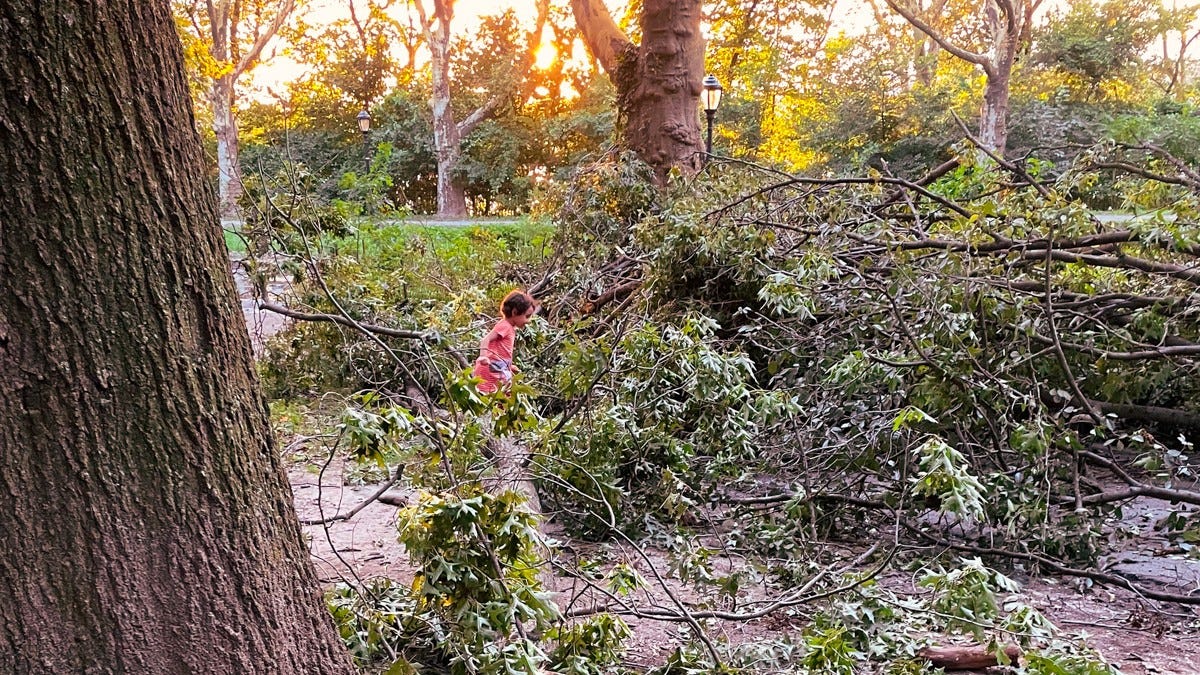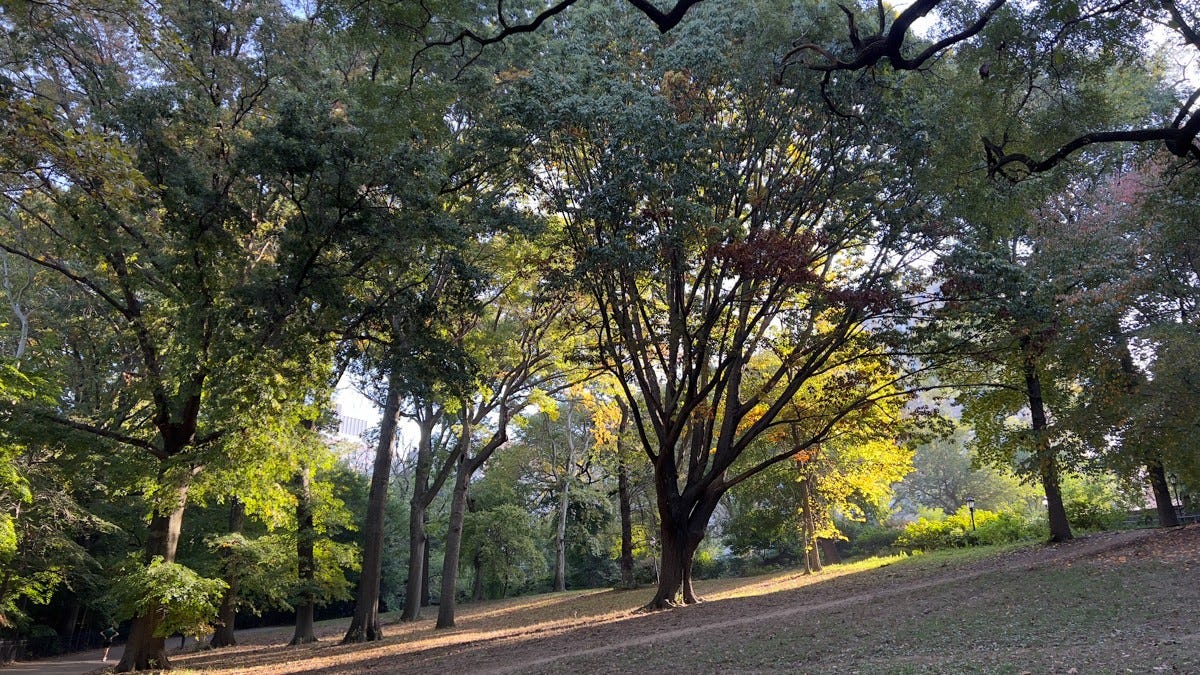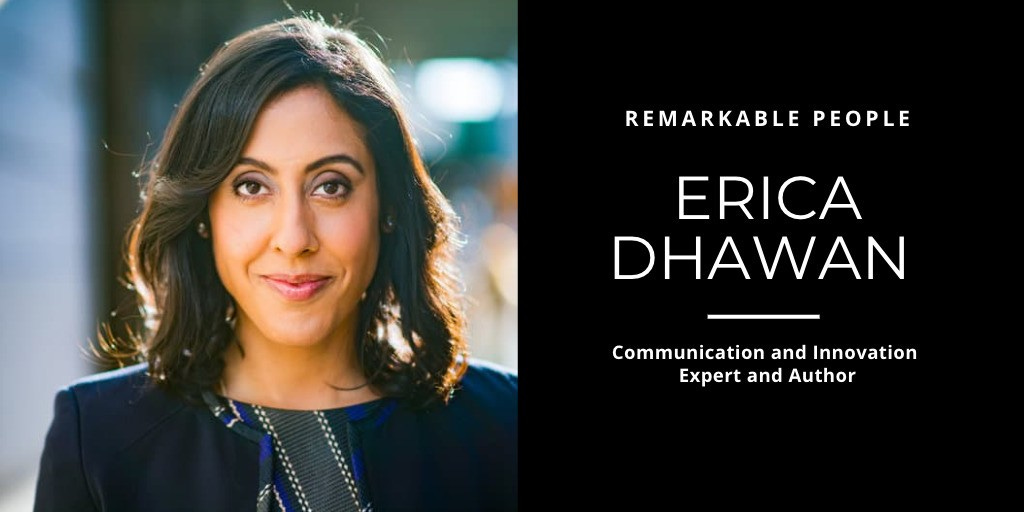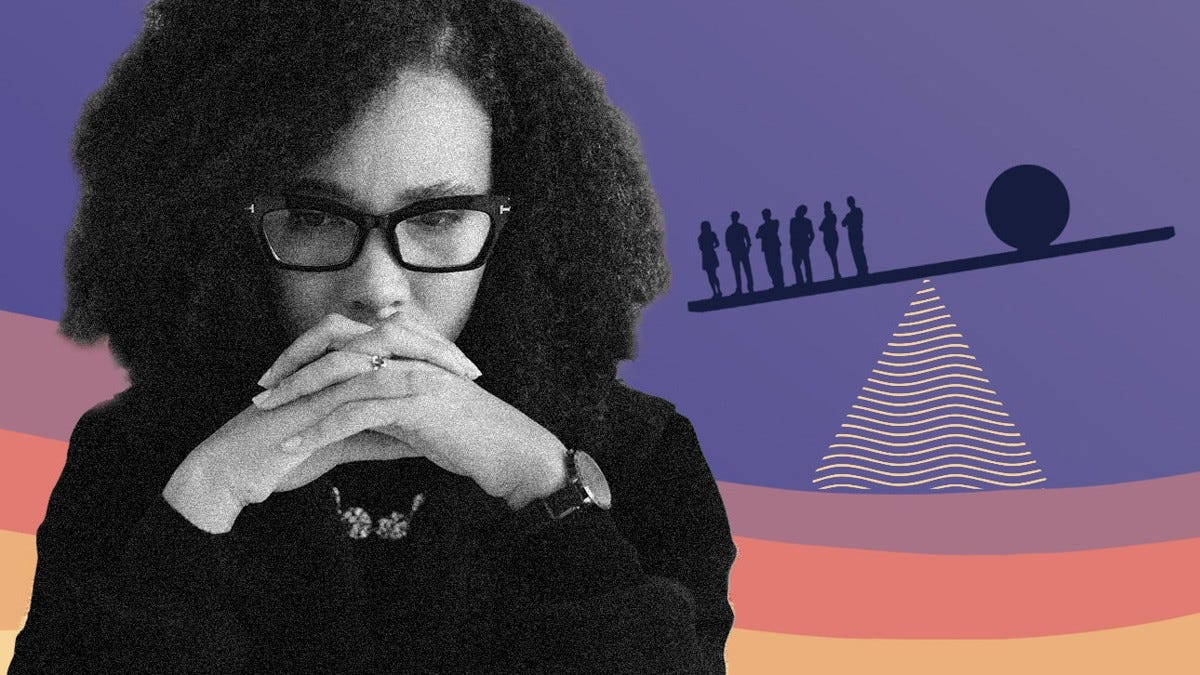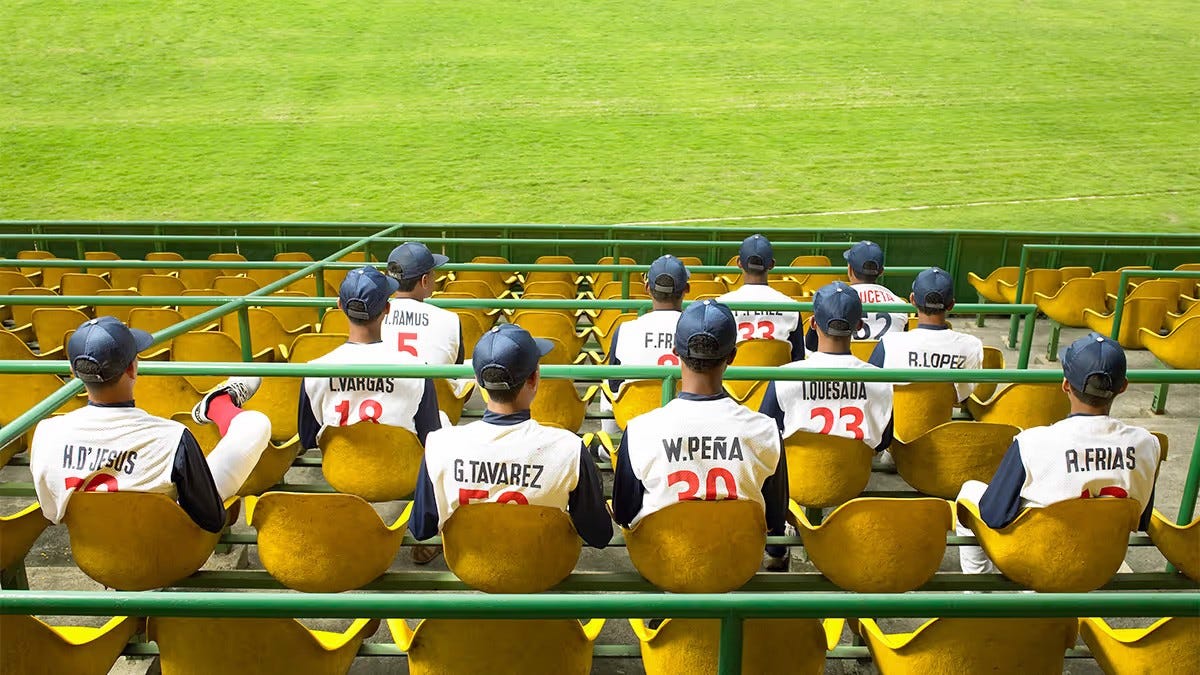Weathering Storms
The past two weeks have brought some exceptional storms to New York City, redefining what we consider torrential rains and high winds. I was driving home during one, and it brought cars to a standstill as the roads flooded in a flash. A walk in the park has become an inspection of the damage. Old trees that have withstood former storms broke boughs and fell. The sight of the damage was disorienting – trees seem to be meant to stand far longer than we are. And yet, the sight was a not-so-subtle reminder that even the strongest trees have their time. Of course, this is also relevant to our time as the winds of AI and changes in the way we operate force leaders to make hard decisions, to reduce the workforce, and plan for an unknown future. The trees remind me that the agile are the most able to withstand change. And when we say goodbye to old friends, we must learn to read the lessons that brought down the old growth so we can plant anew. Walking among these fallen giants, I was struck by three insights: that longevity alone does not guarantee survival, that flexibility often overcomes strength, and that authentic leadership lies in nurturing generational flourishing beyond our own tenure.
The first lesson from the storm is the most humbling: tenure and past success do not insulate us from future disruption. These old oaks had weathered countless storms, their massive trunks and deep roots testaments to decades of resilience. Yet when conditions shifted beyond their adaptive capacity, even their impressive history could not save them. We see this pattern as established companies fail to evolve with changing markets, technologies, or consumer preferences. As leaders, we resist the comfort that comes from past achievements. The strengths that made us successful yesterday – our established processes, our deep expertise, our market position – can become liabilities when the landscape shifts. The storm teaches that respect for our accomplishments must be balanced with a healthy paranoia about our vulnerabilities. We must constantly ask ourselves: what assumptions are we making about our permanence that might be putting us at risk?
The second insight emerged as I observed which trees survived and which did not. Many of the survivors were younger, more flexible trees that bent with the wind rather than resisting it. Their ability to yield without breaking proved more valuable than the rigid strength of their elder (and arguably stronger) counterparts. This observation mirrors what we're seeing in organizational leadership today. The most adaptable leaders and companies are those willing to pivot quickly, to experiment with new approaches, and to embrace uncertainty as a natural state rather than something to be eliminated. Flexibility requires a different kind of strength – emotional resilience to let go of what we've always done, intellectual humility to admit when our strategies need revision, and courage to move forward with incomplete information. These qualities are becoming the hallmarks of sustainable leadership in an era of constant change.
The final lesson was the most transformative: every fallen tree created new opportunities for generational flourishing. Where massive trunks once blocked sunlight, smaller plants can now flourish. Nature demonstrated that the greatest leaders are those who understand their role in preparing the ground for what comes next. This perspective reframes how we might view the disruptions in our own professional landscapes. When AI reshapes entire industries, when economic pressures force difficult decisions about the workforce, when traditional business models become obsolete, the question becomes: how do we ensure that our transitions create fertile ground for emerging talent? True leadership asks us to think beyond our own success to the thriving of those who will follow. We must become architects of succession, mentoring rising leaders not just to fill our roles but to surpass our achievements.
In life and leadership, the storms will come whether we're ready or not. The question is not whether we can avoid all disruption, but how we prepare ourselves and those we lead and love to bend without breaking, to release what no longer serves the greater good, and to plant seeds that will create generational flourishing long after we ourselves have stepped aside. Unexpected storms will come and pass. The trees may be gone, but the forest grows stronger, more prosperous, and more resilient with each passing season.
With love, gratitude, and wonder,
Scott
Coaching Icon Spotlight: Erica Dhawan on Digital Grace
Iconic coach Erica Dhawan, author of "Contextual Intelligence," shares a transformative leadership lesson that's reshaping executive communication across Fortune 500 organizations.
In our hyperconnected world, miscommunication costs senior executives precious time and team cohesion. When a team member sends "We need to talk" or uses ALL CAPS, leaders often assume the worst. Dhawan's concept of "digital grace" offers a powerful antidote: assume best intent first.
This isn't about being naive—it's strategic executive leadership. One C-suite leader I work with transformed their team dynamics by implementing Dhawan's contextual intelligence approach: shift the communication medium when confusion arises, and ask curious questions like "Help me understand your perspective" instead of reacting defensively.
The result? 40% fewer communication conflicts and significantly improved leadership effectiveness. As Dhawan teaches through her contextual intelligence framework, giving people the benefit of the doubt doesn't make you weak—it makes you a more effective leader.
Question for reflection: How might assuming best intent change your next challenging executive conversation?
What communication challenges are you facing with your senior leadership team?
What Does Vulnerability Really Mean for Leaders? by Sanyin Siang
Sanyin Siang recently tackled a critical leadership dilemma that resonates across boardrooms today: how to be both a stabilizing force and authentically vulnerable during uncertain times. Her insights cut through the false choice many executives face between appearing unflappable or sharing their anxieties.
Sanyin argues that true vulnerability isn't about broadcasting your worries—it's about meeting your people where they are and demonstrating genuine understanding of their experience. The most effective leaders acknowledge challenges honestly while maintaining confidence in their team's collective problem-solving abilities. This approach builds credibility rather than undermining it.
What struck me most was her emphasis on creating psychological safety for honest feedback. When leaders hide behind relentless positivity, they inadvertently shut down the critical intelligence their organizations need to navigate challenges effectively. Sanyin's framework shows how admitting you don't have all the answers becomes an invitation for others to contribute solutions. Her closing thought from Jim Kim particularly resonated: "Optimism is a moral choice"—a perspective that transforms leadership from performance into purposeful action during turbulent times.
Managing Your Team When the C-Suite Isn’t Providing Strategic Direction by Jenny Fernandez, MBA, 费 珍妮and Kathryn Landis
Jenny Fernandez and Kathryn Landis recently published compelling research in Harvard Business Review that every C-suite executive should read. Her work addresses a critical challenge: what happens when senior leadership stalls on key decisions, leaving middle management to navigate organizational paralysis while maintaining team momentum.
They identify four proven strategies for leading through executive indecision. First, reframe high-stakes requests as low-risk pilots using Amazon's Type 1 vs. Type 2 decision framework. Second, quantify inaction costs—McKinsey data shows slow decision-making wastes 500,000 manager days annually, costing Fortune 500 companies $250 million in lost productivity. Third, keep teams motivated by focusing on achievable wins and transparent communication during uncertainty. Finally, build upward and lateral influence through strategic coalition-building with cross-functional stakeholders. The research demonstrates that leadership isn't just about making decisions—it's about maintaining organizational momentum in the space between them. For executives managing transformation in volatile markets, these insights offer practical tools for turning strategic paralysis into competitive advantage.


